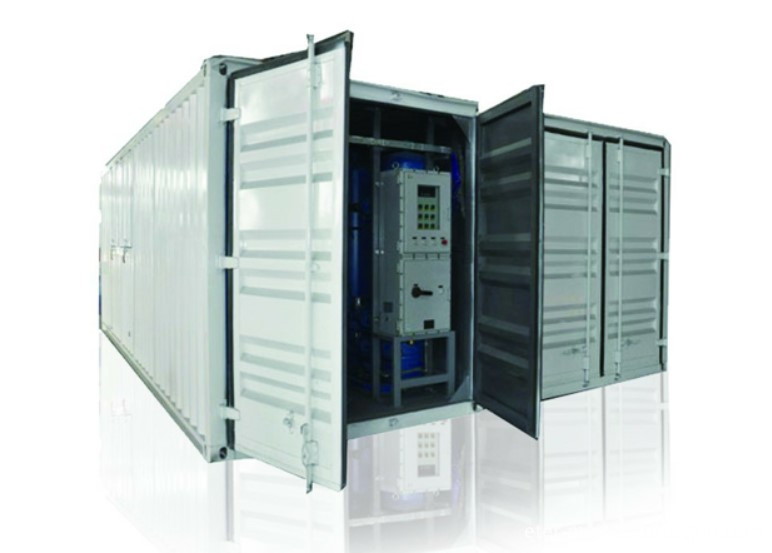In the winter and spring, the southern part of the country has experienced continuous low temperature and rainy weather. The sudden drop in temperature and the cold and freezing weather have had a great impact on the poultry breeding industry. Therefore, farmers need to take timely measures to resist cold disasters. First, cold insulation 1. Close all voids and crevices on the walls and roof of the poultry house other than the ventilation windows, fix the door, plug the north window, and install glass or plastic film on the south window. At night, hang grass or cotton blankets on the door and south window. 2. Add a mezzanine or ceiling under the roof to block cold air from entering the room. 3. Set the ceiling at a height of 2 meters below the roof and spread a thick straw or plastic sheet on the ceiling. 4. Hang the electric blanket in the poultry house, install the electric heating plate and infrared heat preservation lamp to make up the temperature. 5. In the poultry house with sports grounds, a plastic film beveled greenhouse with low height from south to north is installed on the sports ground to form a closed whole for the poultry house and sports ground. 6. Increase the stocking density appropriately. 7. When the temperature in the house is too low, the entire poultry house can be covered with a nylon film or a double plastic sheet, but care should be taken to leave some ventilation holes properly to avoid suffocation. Second, adjust the diet and increase nutrition The temperature in the cold season is low, and the thermal energy consumption of poultry is high. The proportion of animal raw materials should be increased, the energy level of the diet should be increased, and the proportion of energy feed such as corn and grain should be increased. In particularly cold weather, in order to compensate for the lack of energy in the usual feed ratio, 1% of fat may be added to the diet as appropriate. Third, keep the house dry, fresh air In the cold season, as the poultry house is closed tightly, the air is humid, and the content of harmful gases such as ammonia gas, hydrogen sulfide, and carbon dioxide increases, it is necessary to pay attention to ventilation. 1. The cage should be cleaned of excrement. 2. In the cold season, open doors, windows, ventilation windows at noon warmer. Sunny days are usually ventilated from 10 am to 2 pm, and the windows are opened several times for 10-30 minutes each time. If necessary, ventilating fans can be used for ventilation. 3. Place lime in the house to absorb moisture. Sprinkle 400g of superphosphate per square meter per week to eliminate ammonia in the house. 4. Use equal parts of Artemisia leaves, Daqingye, Atractylodes, and garlic stalks. The dosage is moderate. Add fumigation in the house to remove odor in the house. Fumigate once every 10 days. Fourth, anti-stress 1. Against cold stress. When the temperature of a poultry house is low, it is necessary to appropriately increase the proportion of energy feed and increase the amount of feed. When the temperature drops by 3°C, feed 5 grams of feed more. In addition, the anti-cold-stress drug can be fed to poultry on the day before the sudden drop in temperature. Its formula and usage are: 20 grams of glucose, 1.5 grams of potassium chloride, 2.5 grams of sodium bicarbonate, and 3.5 grams of sodium chloride. After adding 1000 ml of water, it is dissolved and warmed. Feed it twice a day, 50 ml each time, for 3 to 5 days. 2. Anti-immune stress. Before the vaccination, check whether the poultry is healthy. Unhealthy or weaker poultry should use the vaccine with caution; 2 days before and 2 days after the vaccination, take anti-stress drugs to increase the resistance and reduce the stress response. Add 1 mg vitamin C powder per kilogram of feed, vitamin E powder, can prevent and reduce stress. Fifth, do a good job disinfection It is necessary to regularly do a good job of disinfecting inside and outside poultry houses, sinks, chutes, and utensils. To select more than three different types of disinfectant cross-replacement to prevent drug resistance. Disinfection is usually performed in high temperatures in the middle and afternoon, and disinfection is performed once a week under normal circumstances. If infectious diseases occur in poultry groups, the temperature is low, and the dust is high, it can be disinfected 2 to 3 times per week. At the same time, the drug concentration Can be reduced by 10% to 20%. Sixth, strengthen disease prevention 1. Formulate reasonable epidemic prevention procedures based on the infectious diseases in the area and their own actual conditions, and conduct regular epidemic prevention. 2. Add broad-spectrum antibacterial drugs, such as doxycycline and florfenicol, to the feed every 4 weeks, and use them for 3 to 5 days to enhance the disease resistance. 3. Prevention of parasitic diseases can be added in the feed amount of levamisole, avermectin and other drugs. At the same time, we must also carefully observe the poultry, early detection, isolation, diagnosis, treatment of diseased poultry, and proper treatment of sick and dead birds.
Compressed air is purified through the air dryer and filters to a certain level for main plant to work with. Air buffer is incorporated for smooth supply of compressed air thus to reduce fluctuation of compressed air source. The plant produces oxygen with PSA (pressure swing adsorption) technology, which is a time proven oxygen generation method. Oxygen of desired purity at 93%±3% is delivered to oxygen buffer tank for smooth supply of product gas. Oxygen in buffer tank is maintained at 4bar pressure.
With a cabinet for small capacity or container for big capacity, all the parts can be involved in, and removable with a vehicle.
Removable Oxygen Generator Removable Oxygen Generator ,Oxygen Production Machine,Oxygen Breathing Apparatus,Oxygen Facility Hunan Eter Electronic Medical Project Stock Co., Ltd. , https://www.centralgas.be